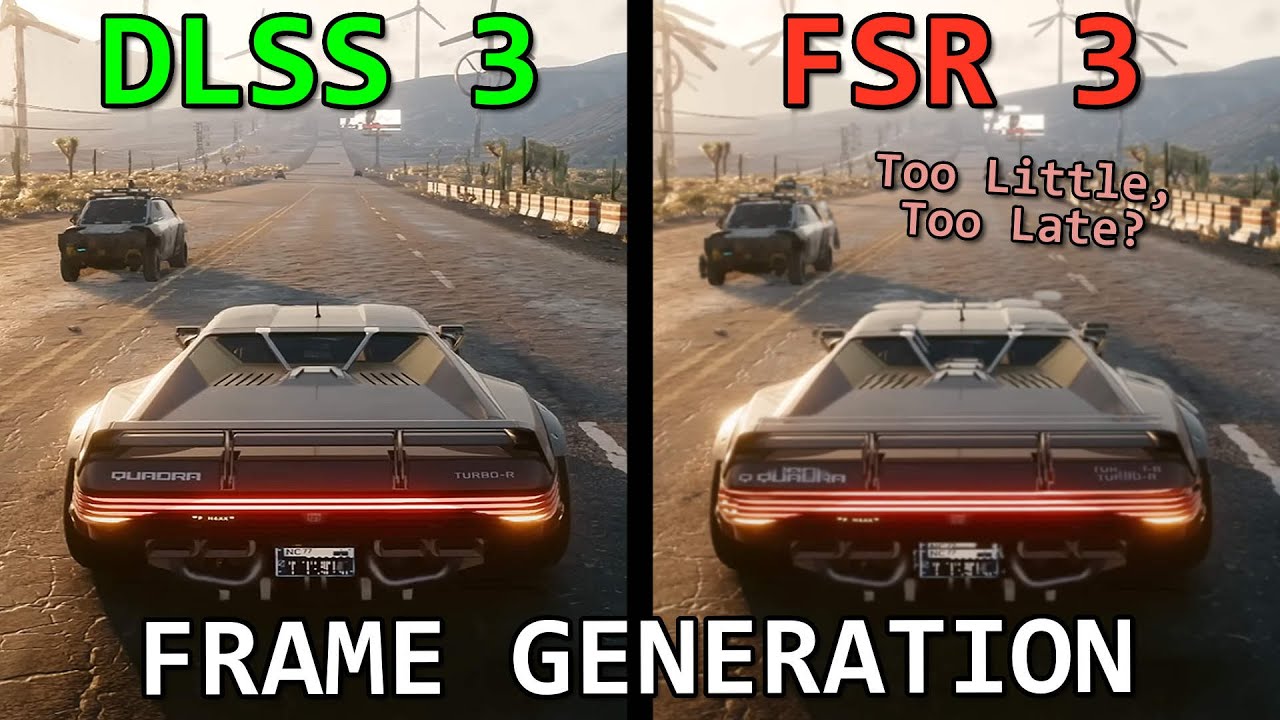DLSS vs FSR: Understanding Modern Upscaling Technologies

James Chen
2024-03-10

Introduction to Upscaling
Modern games are becoming increasingly demanding, making upscaling technologies crucial for maintaining high performance. This guide compares the two leading solutions: NVIDIA's DLSS and AMD's FSR.
DLSS Technology
NVIDIA's Deep Learning Super Sampling:
How DLSS Works
- AI-powered upscaling
- Temporal feedback
- Motion vectors
- Dedicated hardware requirements
DLSS Versions
- DLSS 3.5 with Ray Reconstruction
- DLSS 3.0 with Frame Generation
- DLSS 2.0 improvements
- Original DLSS limitations
FSR Technology
AMD's FidelityFX Super Resolution:
How FSR Works
- Spatial upscaling
- Hardware agnostic
- Open source approach
- Cross-platform support
FSR Versions
- FSR 3.0 with Fluid Motion Frames
- FSR 2.0 temporal improvements
- Original FSR limitations
Performance Comparison
Analyzing performance impacts:
Image Quality
- Native vs upscaled comparison
- Different quality modes
- Temporal stability
- Artifact analysis
Performance Gains
- FPS improvements
- Resolution scaling
- Hardware requirements
- Power efficiency
Game Support
Current implementation status:
- DLSS supported games
- FSR supported games
- Cross-compatibility
- Developer adoption
Choosing the Right Solution
Factors to consider:
- Hardware compatibility
- Game support
- Visual quality preferences
- Performance needs
Future Developments
Upcoming improvements:
- Next-generation versions
- Hardware integration
- Developer tools
- Industry standards

